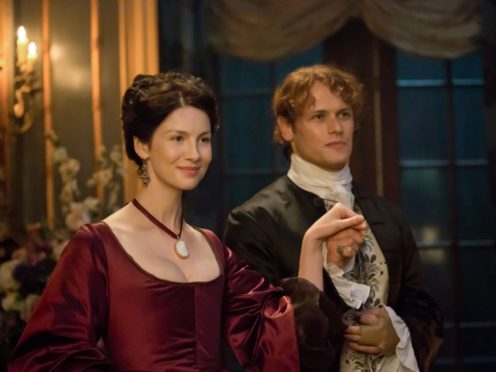Locations from the television adaptation of the Outlander book series have seen an increase in visitor numbers thanks to the show’s success.
A VisitScotland paper, titled The Outlander Effect & Tourism, suggests there has been an average 67% increase in visitors since 2013 – from 887,000 to around 1.5 million.
The largest surge in numbers is Doune Castle – which doubles as Castle Leoch in the show starring Caitriona Balfe and Sam Heughan – with a 226.5% increase from 38,081 visitors to 124,341.
Blackness Castle in Linlithgow has enjoyed an increase of 181.7% thanks to featuring as Black Jack Randall’s headquarters while Glasgow Cathedral saw a 66.8% after doubling as a French hospital.
Diana Gabaldon, author of the Outlander series, said: “I chose Scotland as the setting for my first novel because of a man in a kilt, but upon looking into things more deeply, was enchanted to discover a country and a people like no other, whose traditions and history are as strikingly beautiful as its landscapes.”
A little sightseeing in the Highlands. Have you had the privilege to visit Scotland? #BucketList pic.twitter.com/WfzWhqeufe
— Outlander (@Outlander_STARZ) February 25, 2014
It comes amid the trend of “set-jetting” where fans visit their favourite on-screen locations.
Almost all of respondents to the VisitScotland survey said screen tourism was positive for the industry.
Malcolm Roughead, chief executive of the organisation, said Outlander’s impact on Scotland “has been truly extraordinary”.
He added: “It has been amazing to see the global reaction to Diana Gabaldon’s stories of adventure, romance and Scottish history – and the subsequent television adaptation – and seeing it translate into visitor growth for Scotland.
“Screen tourism continues to be a growing trend, however it is Outlander which has been the story in recent times, inspiring millions of visitors, from the US to Europe and even China, to embark on their own Scottish adventure.”
